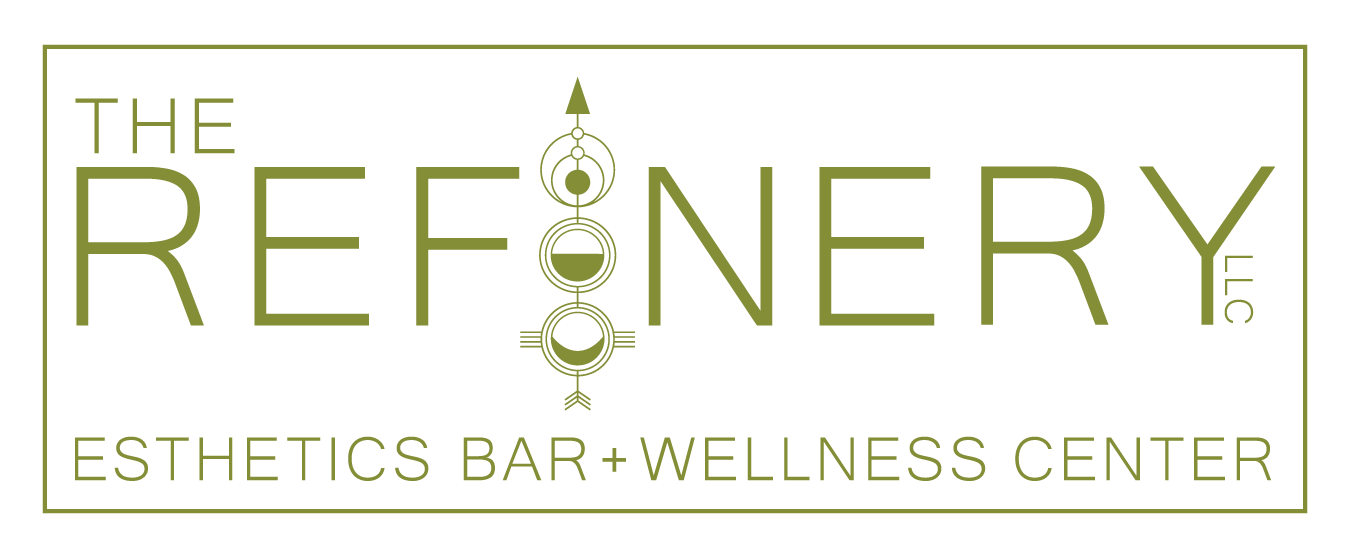Sunscreen Series Pt 1
Hello loves!
I hope everyone is enjoying the best month of the year!
August has always been my favorite, not just because it is my birthday month, but because the weather just seems the most tolerable, we've hit our summer stride finally, and school is right around the corner. (The inner organization-lover always liked the beginning of school due to all the new office supplies!)
The days seem sunnier and the skies a little less cloudy - perfect for days at the beach or golf course....or for some...catching a sunburn! That is precisely the general topic we'll be discussing in the next series of emails. I've received so many questions from all of you asking what type or brand of sunscreen I recommend and use, that it made me turn around and put myself in someone else's shoes.
I spent time one day at our local Walmart looking through the shelves upon shelves of sunscreen choices and was quickly overwhelmed. For many - this is the go-to selection for sunscreen. So if each of you is getting overwhelmed, it is no wonder sometimes we just grab what we grab and get the heck out of the store.
So, we are going to break down the discussion in easily digestible short emails rather than the novel that I originally set out with...I hope you all find it informative as well as inspirational to make safe choices when selecting your year-round sunscreen products!
Mineral vs. Chemical Sunscreen
Mineral sunscreen (also known as physical sunscreen) and chemical sunscreen help protect the skin from the sun in different ways, and it is important to know the difference between them. These two types of sunscreen ingredients act in different ways, yet both are effective for providing broad-spectrum protection against damaging UVA and UVB rays.
The Bouncer (leaves a white cast)
Mineral sunscreen ingredients form a barrier on the surface of the skin that helps reflect UV rays away from the skin. The only FDA-approved mineral sunscreen ingredients are zinc oxide and titanium dioxide. These physical sunscreen filters are ideal for both daily and prolonged, intense sun exposure because they help protect against both UVA and UVB rays.
Mineral sunscreen filters are effective for reflecting UV rays when applied as directed, which includes applying a generous amount (one ounce for the entire body) 15 minutes before sun exposure. So while this one may leave a white sheen to the skin, it completely deflects the rays from absorbing into the skin at all.
The Welcome Mat (the one most use)
On the other hand, chemical sunscreen ingredients penetrate the top layers of the skin to absorb UV rays. These filters absorb damaging UV rays before they can damage the skin. These sun protection ingredients include oxybenzone, avobenzone, octisalate, octocrylene, homosalate, and octinoxate. Depending on the formulation, chemical sunscreens may be easier to rub into the skin and less likely to leave a white cast. Chemical sunscreen filters should also be applied 15 minutes before sun exposure.
Here's the Catch
The U.S. FDA has approved both physical/mineral and chemical sunscreen active ingredients, deeming them safe and effective, until earlier this year.
Find out more in the next email and while you're waiting, go check out what type of sunscreen you use.
xoxo
Brooke
